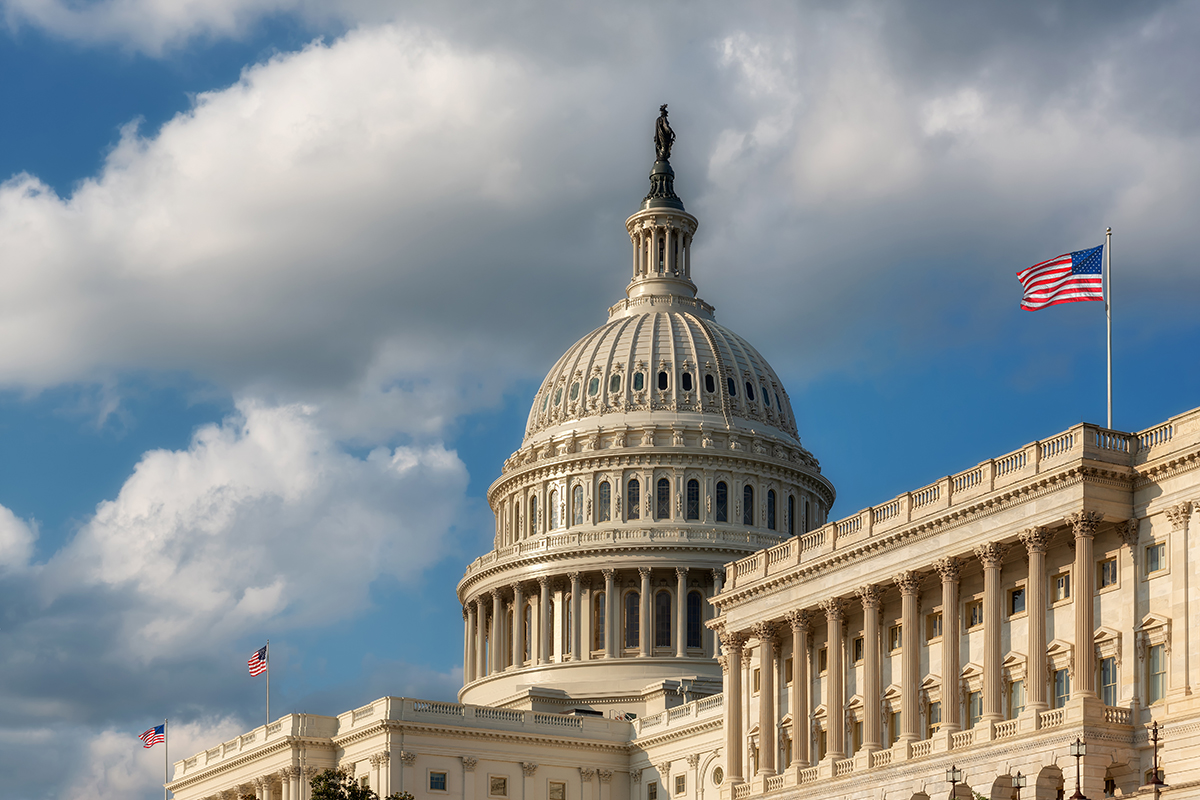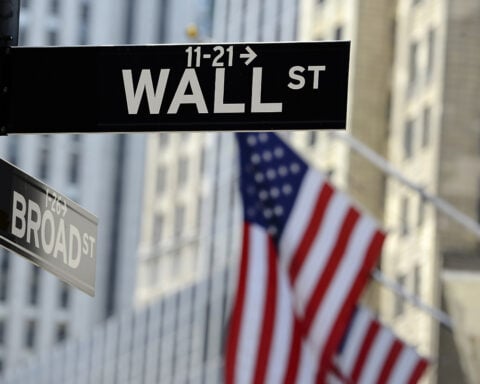Amidst the tumultuous aftermath of the COVID-19 pandemic, the economic disparity between the United States and Europe has become increasingly apparent, with the former surging ahead in its recovery efforts while the latter grapples with sluggish growth and inflationary woes. This discrepancy underscores the divergent approaches taken by the two regions and sets the stage for what could be a transformative year for the global economy in 2024.
The US Economy’s Resilience: A Testament to Fiscal Stimulus
At the heart of the United States’ economic resilience lies its proactive fiscal stimulus measures. In response to the pandemic, Congress swiftly enacted a series of stimulus packages totaling a monumental $5 trillion. This injection of funds provided vital support to individuals, businesses, and state agencies, bolstering consumer spending and sustaining economic activity during a period of unprecedented uncertainty.
Fueling Growth Through Labor Market Flexibility
A cornerstone of the US economic momentum has been its dynamic labor market. With unemployment consistently hovering below 4% since early 2022, the nation has maintained a robust employment landscape, empowering consumers with disposable incomes and driving sustained spending.
The flexibility of US labor laws has enabled businesses to swiftly adapt to shifting market dynamics, fostering productivity gains and facilitating real wage growth.
Energy Independence: A Shield Against Global Turmoil
Unlike their European counterparts, the United States benefits from being a net exporter of energy. This strategic advantage has shielded the economy from the volatility of global energy markets, particularly evident during the Russia-Ukraine conflict.
While Europe grappled with surging energy costs and inflationary pressures, the US experienced minimal disruptions, highlighting the importance of energy independence in safeguarding economic stability.
Contrasting Recovery Strategies
In contrast to the United States, European nations have encountered hurdles stemming from smaller stimulus packages and less agile economic policies. Dependence on energy imports, notably from Russia, has left many European economies vulnerable to external shocks, exacerbating inflationary pressures and impeding growth. Moreover, businesses’ tendency to pass on increased costs to consumers has further strained household budgets, exacerbating economic challenges.
A Tale of Two Recoveries: Resilience vs. Vulnerability
The disparate trajectories of the United States and Europe offer valuable insights into the drivers of economic resilience in the post-pandemic era. While the US’s bold fiscal stimulus and adaptable labor market have propelled robust growth, Europe’s reliance on imports and less nimble economic policies have hindered its recovery efforts.
As the global economy navigates uncertain terrain, the resilience and adaptability demonstrated by the United States position it as a beacon of strength amidst prevailing economic uncertainties.







